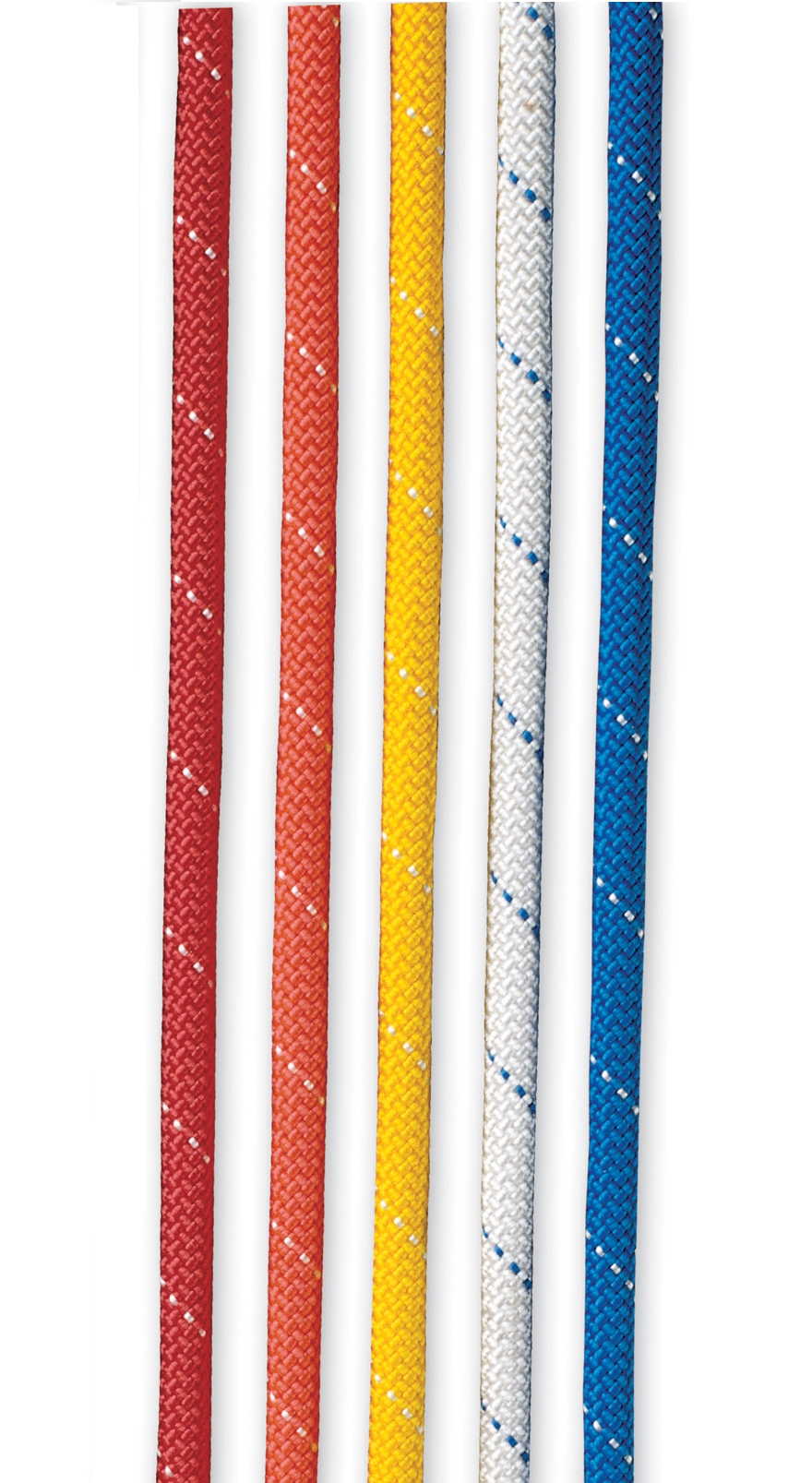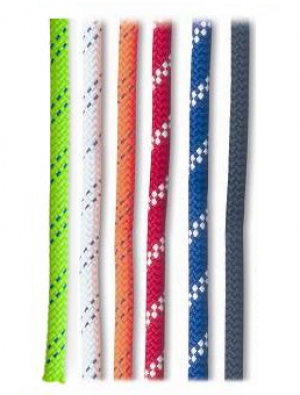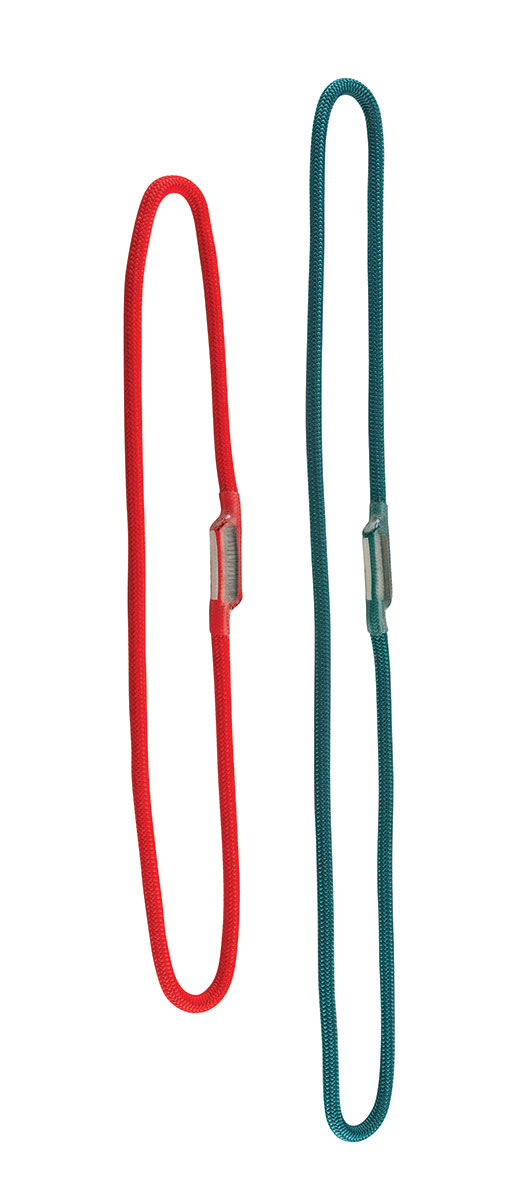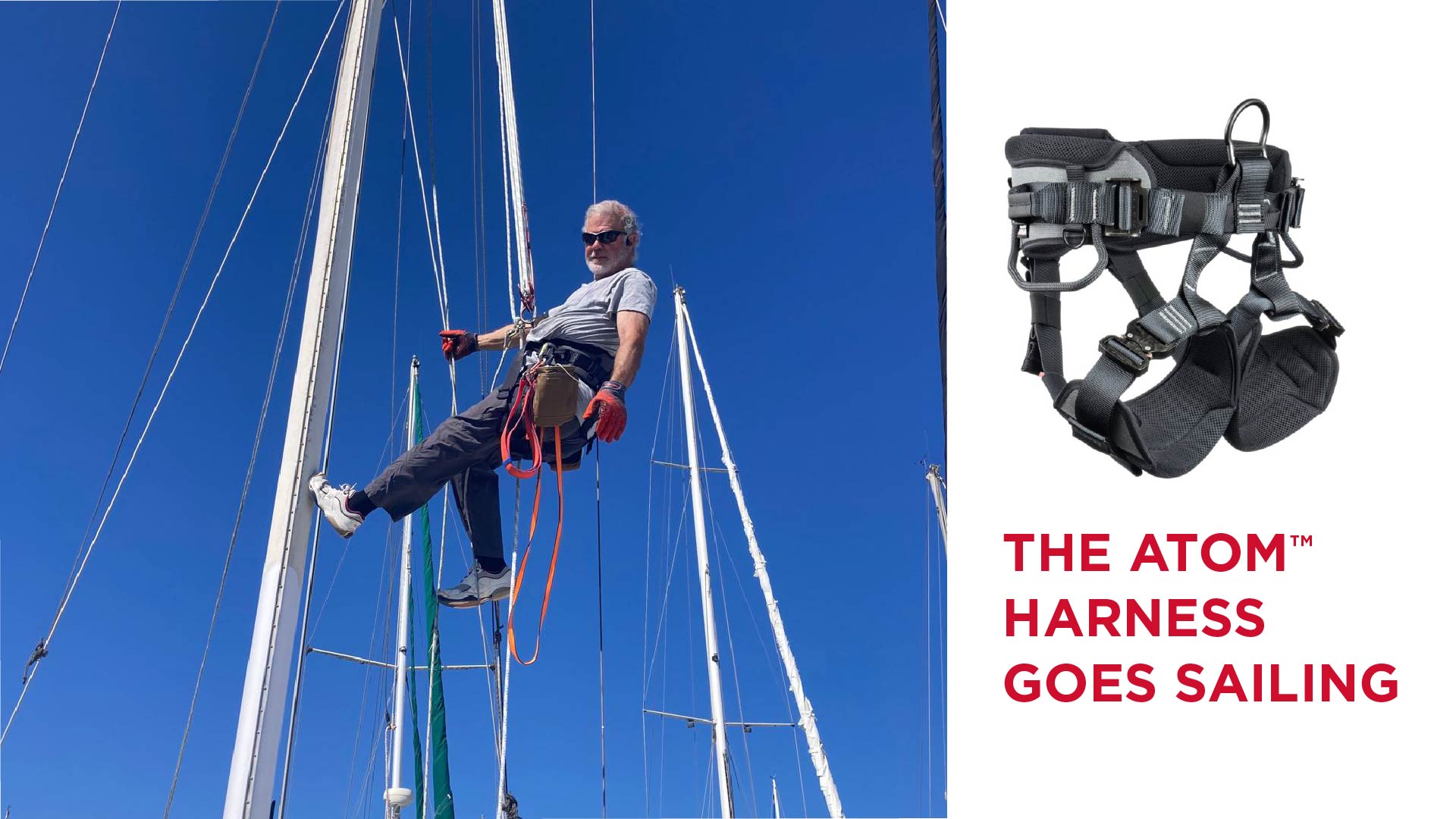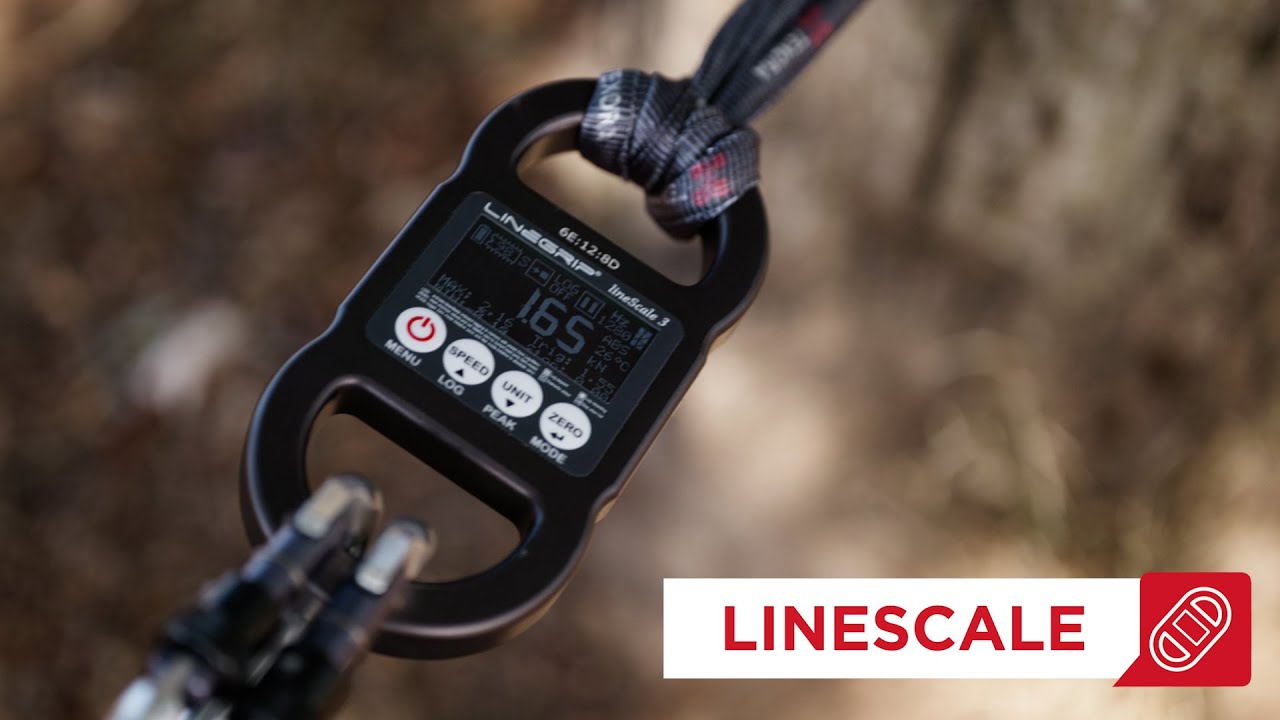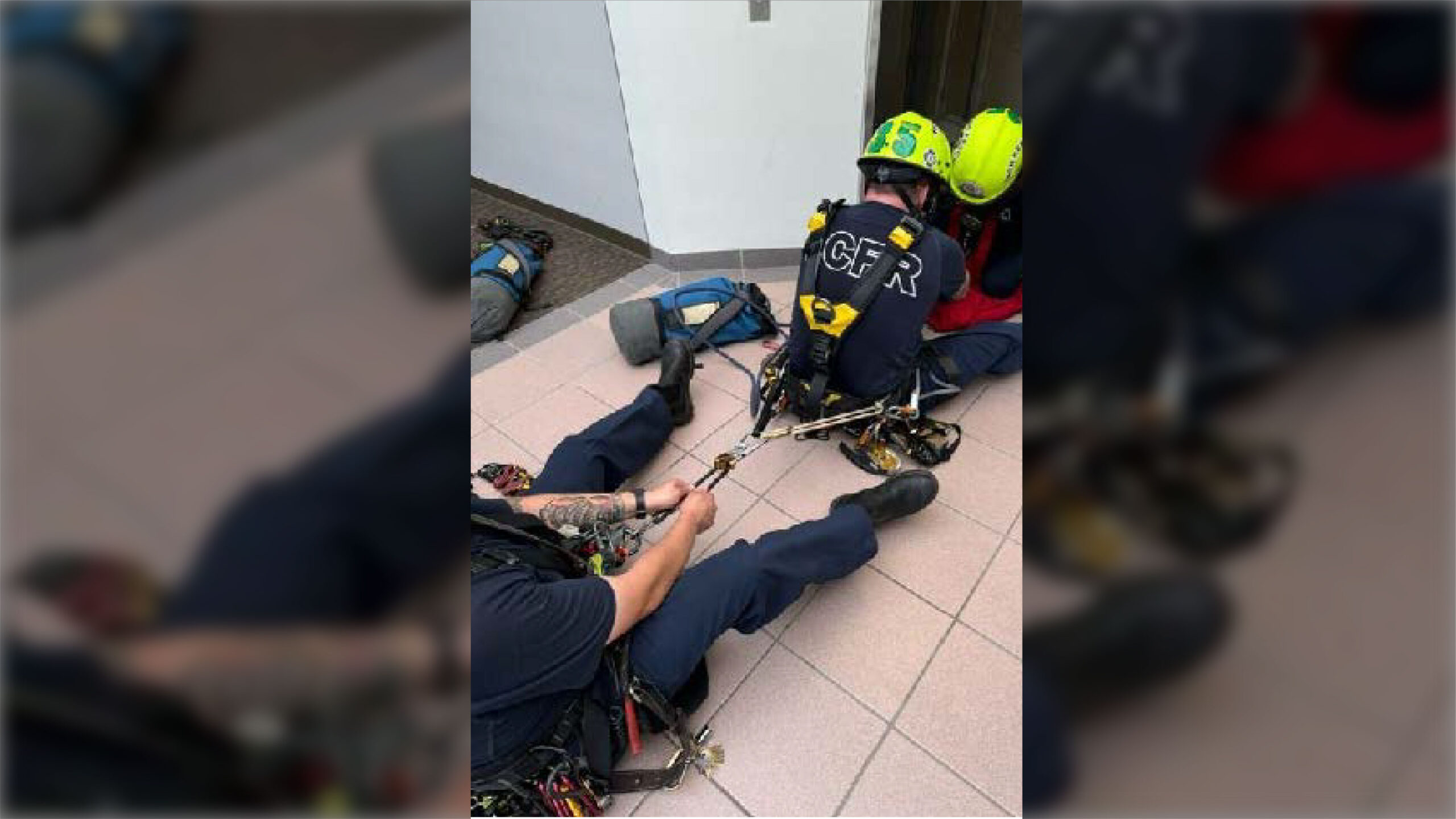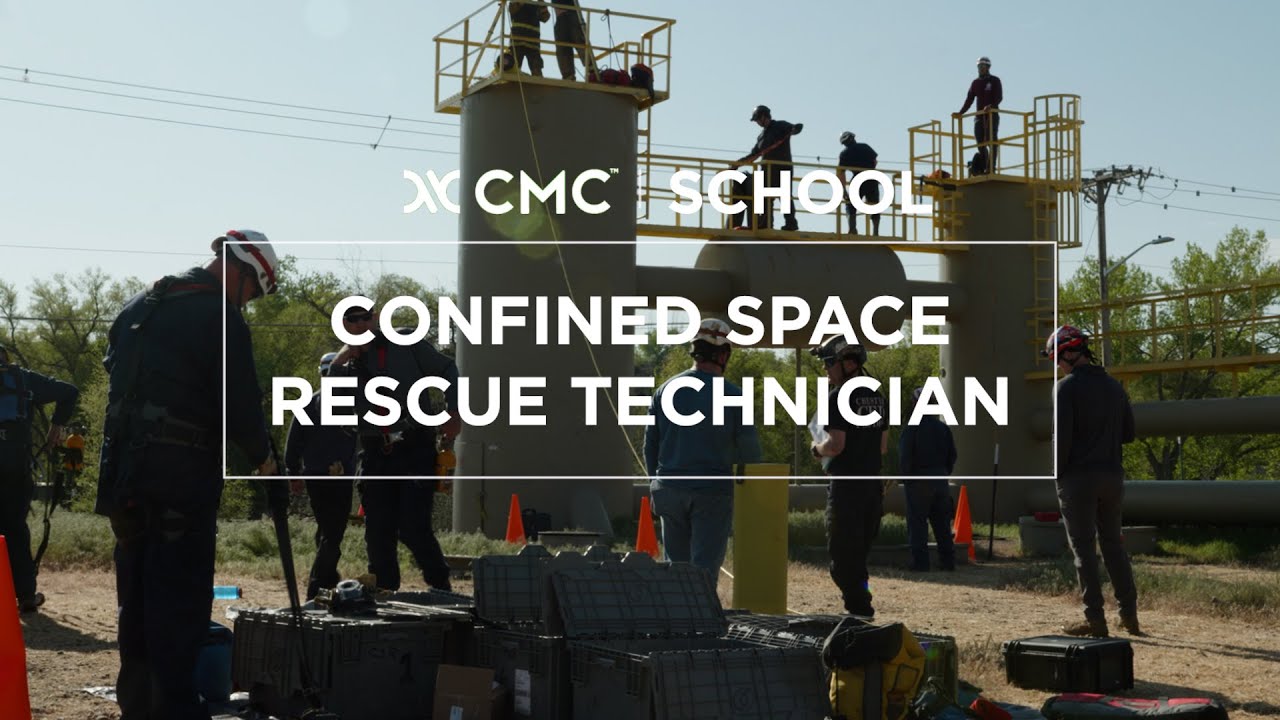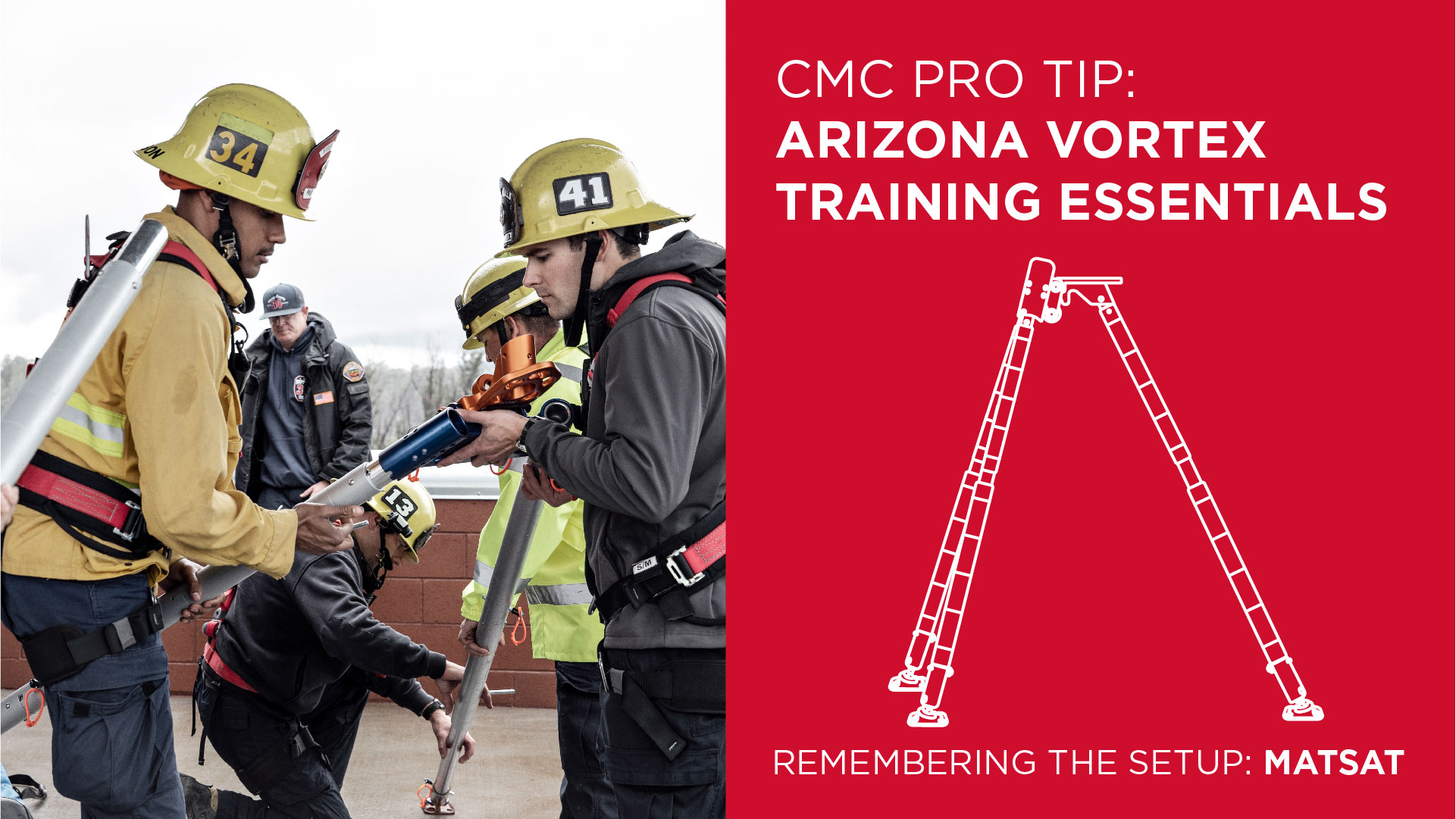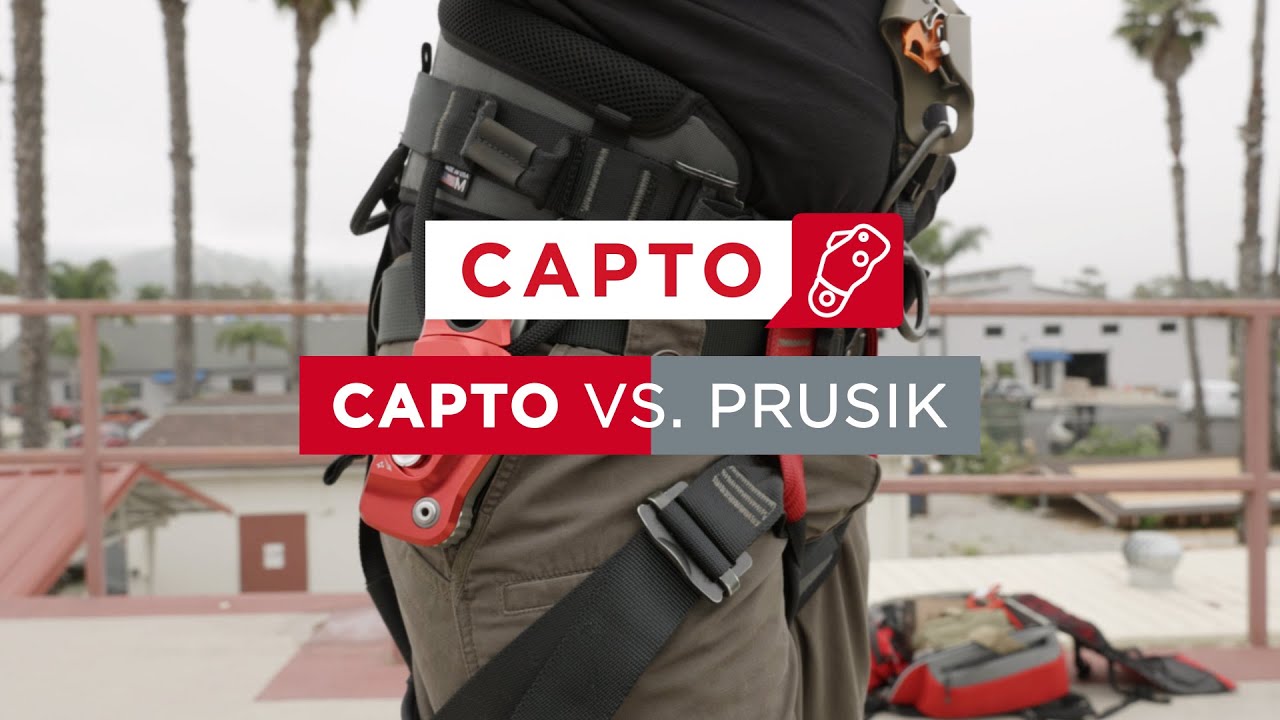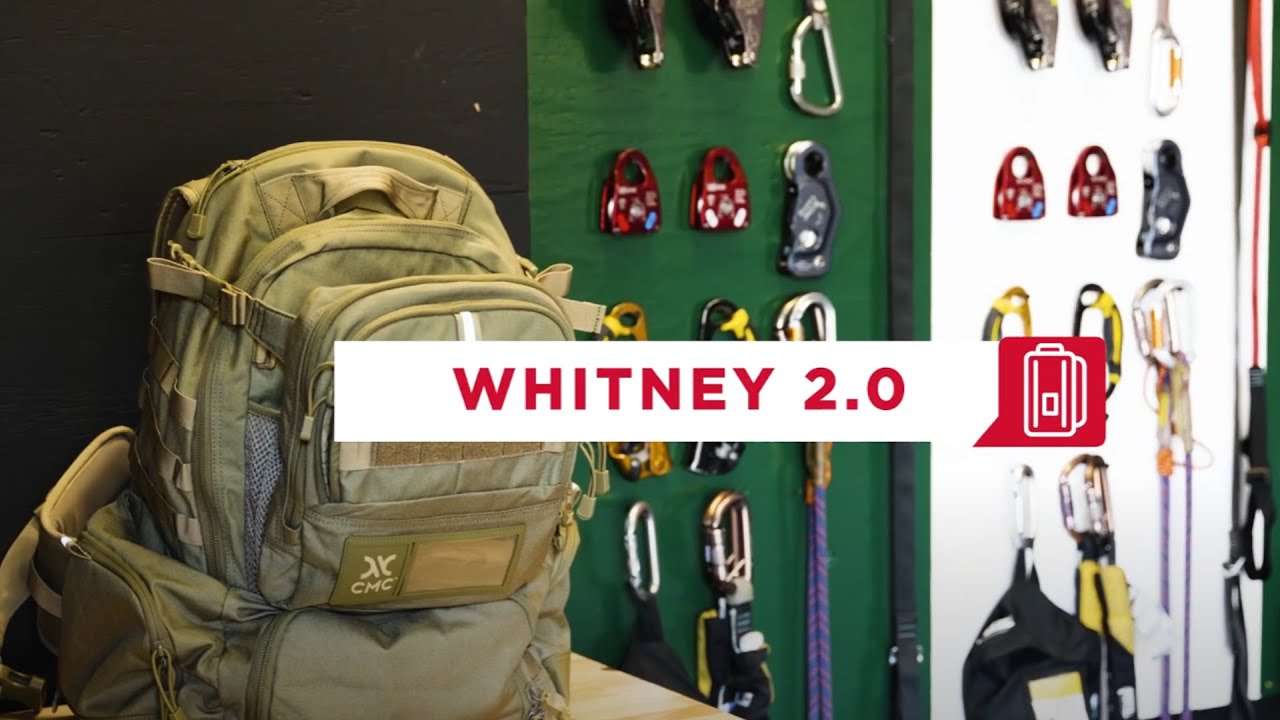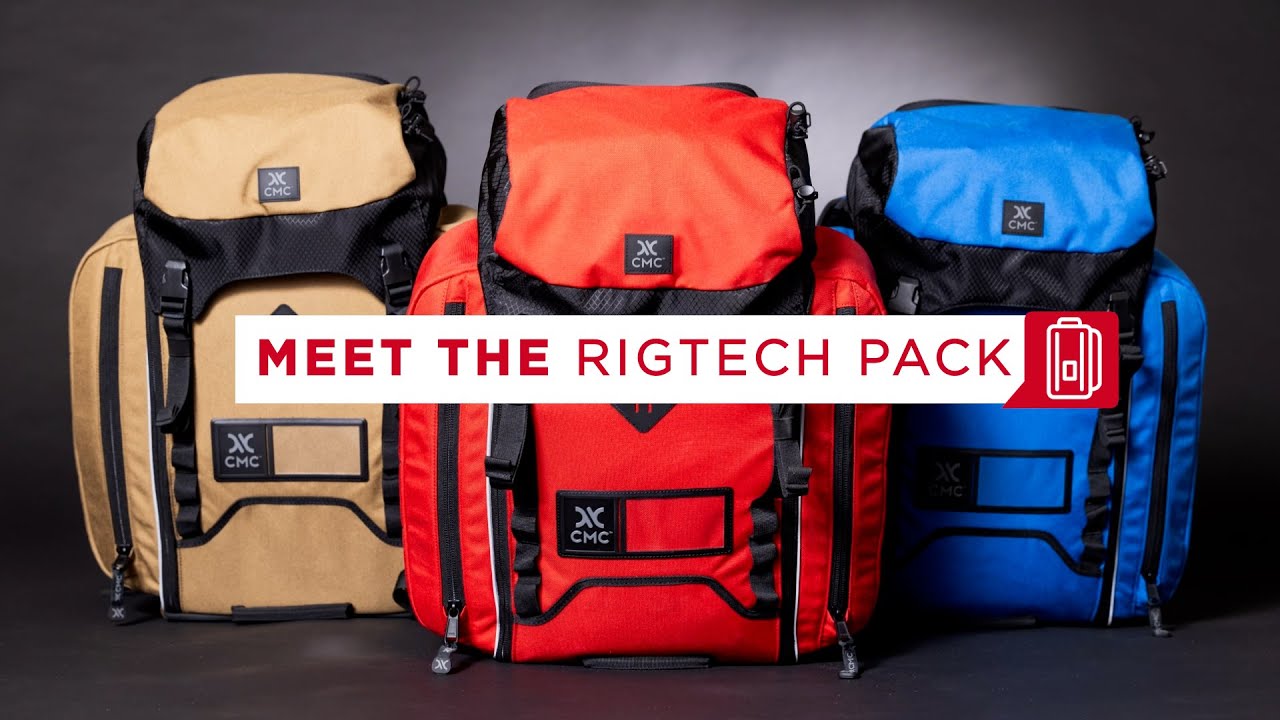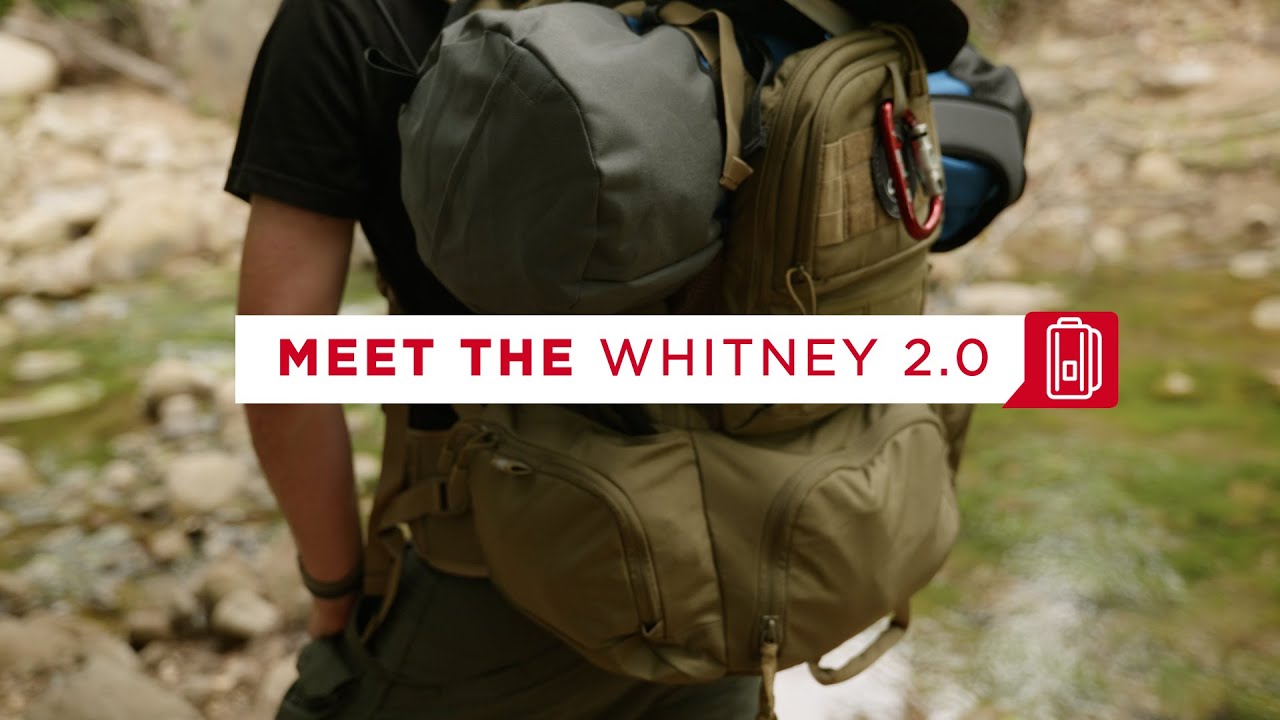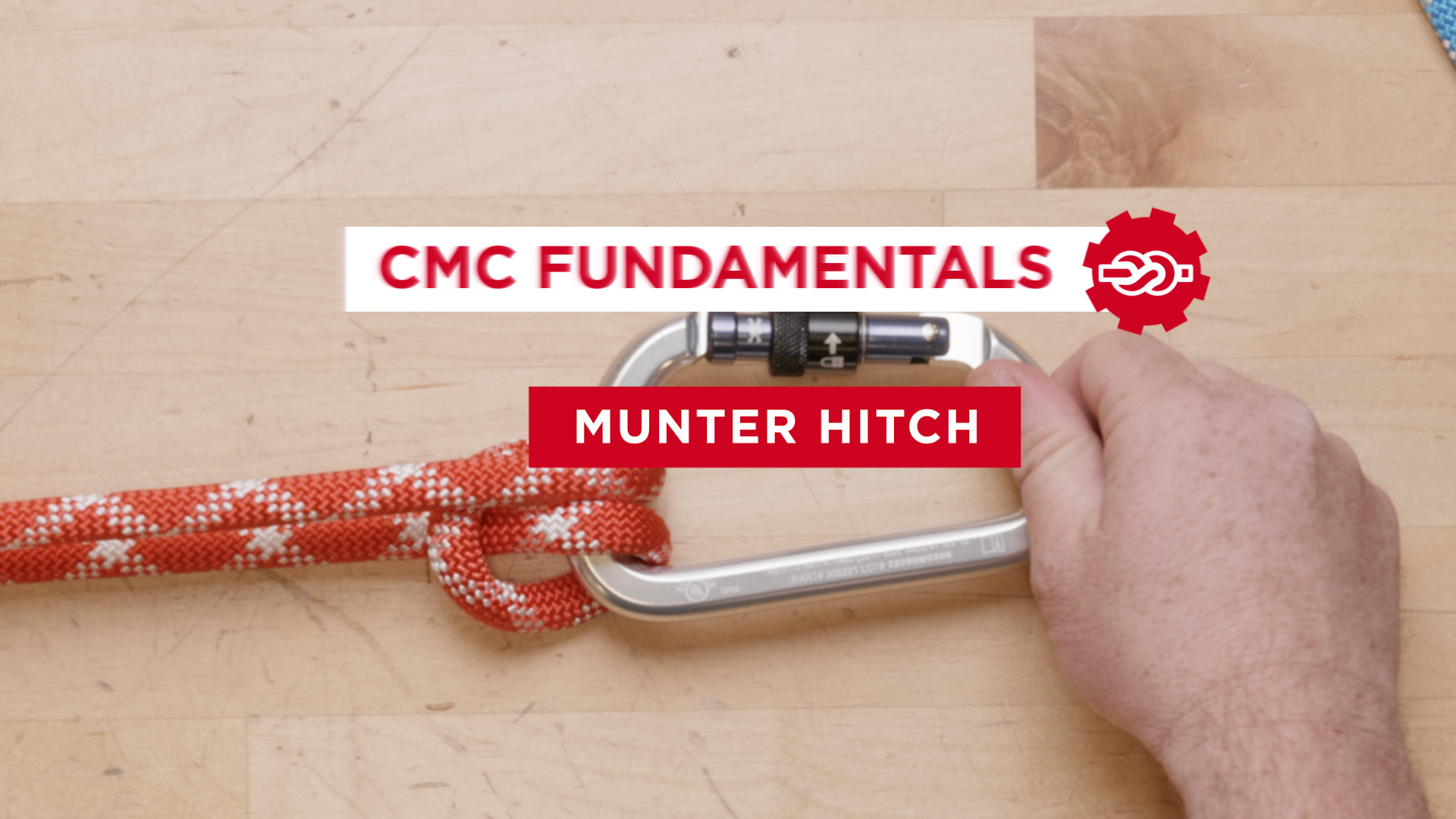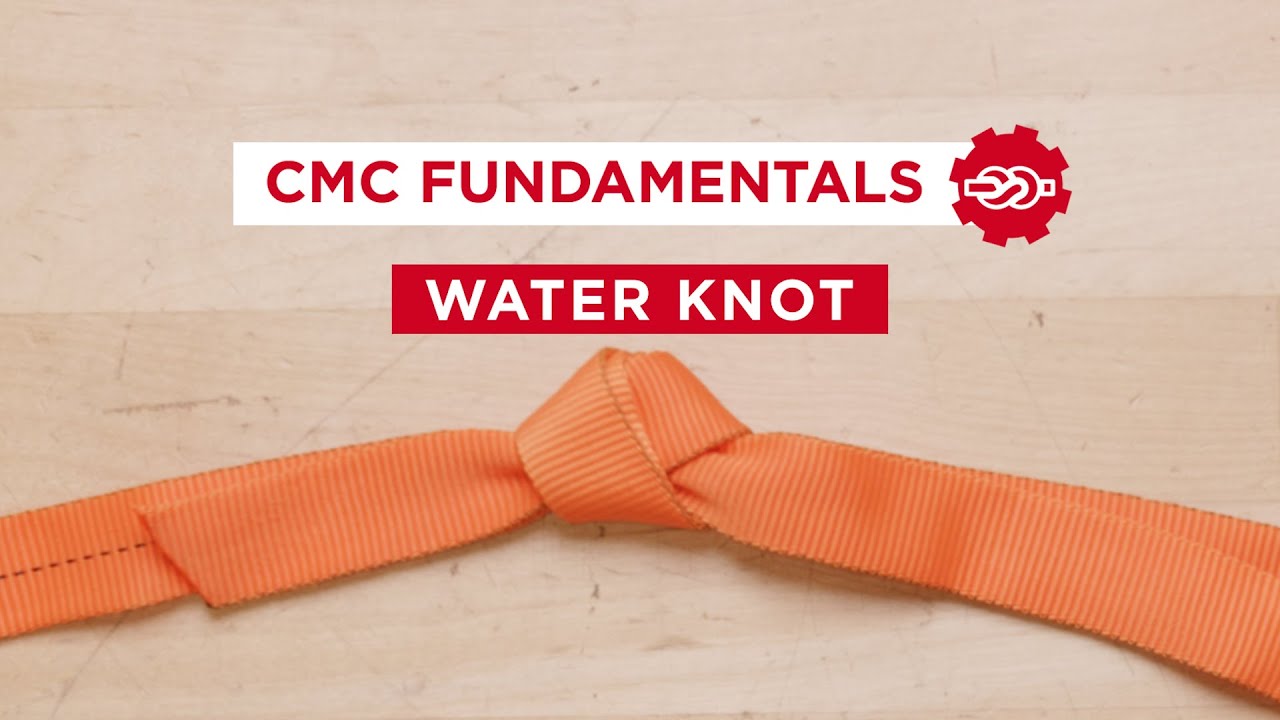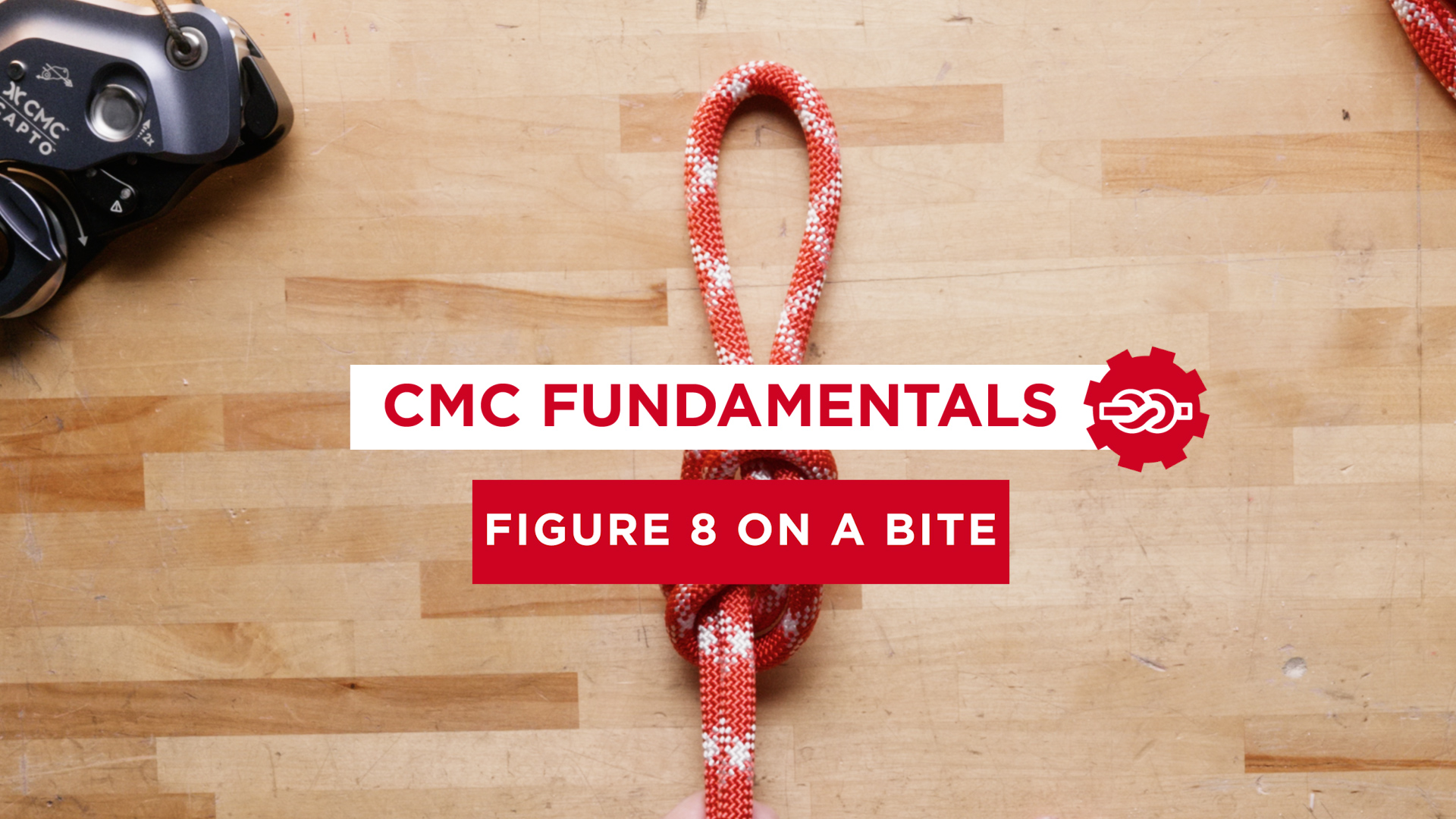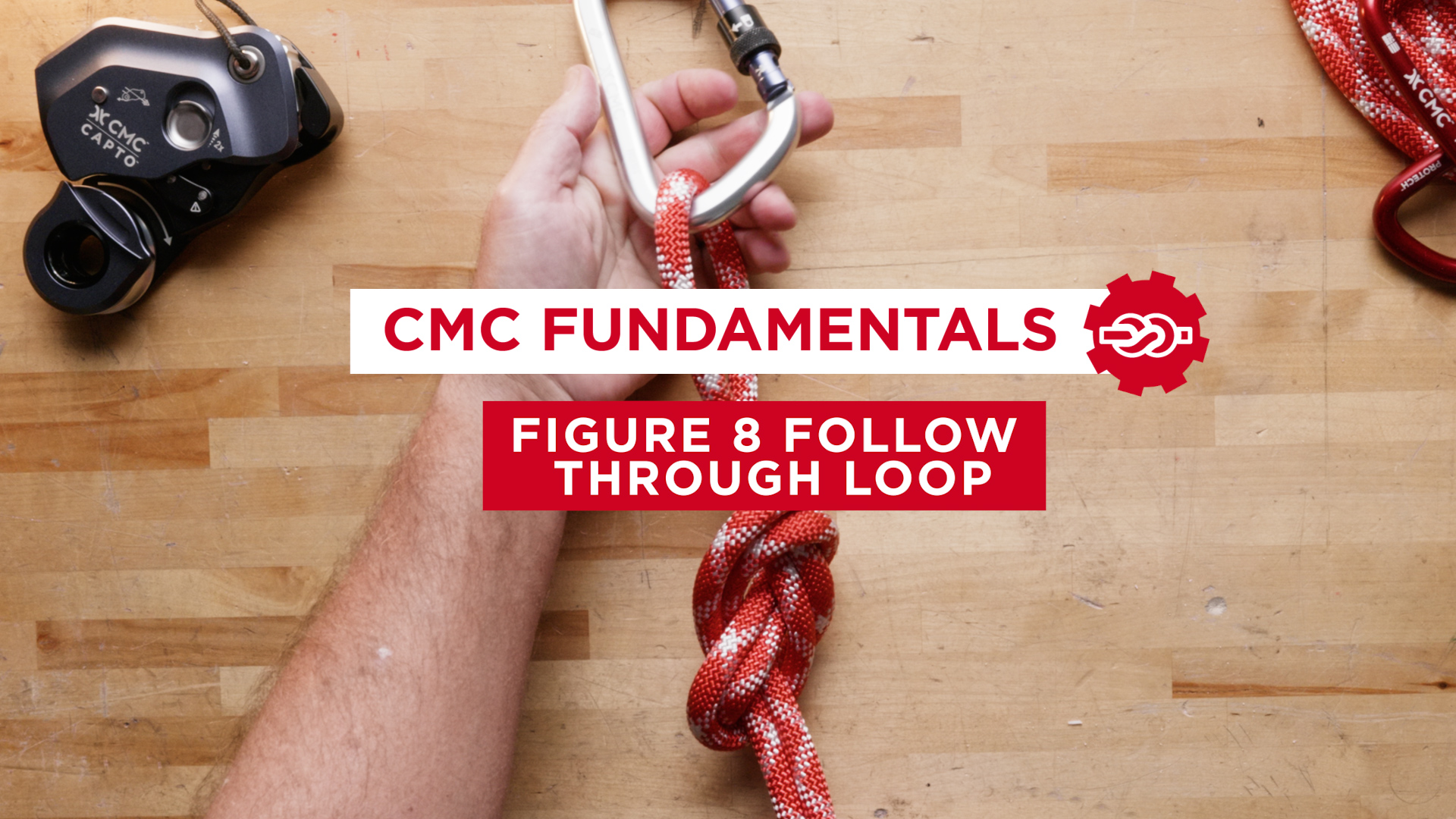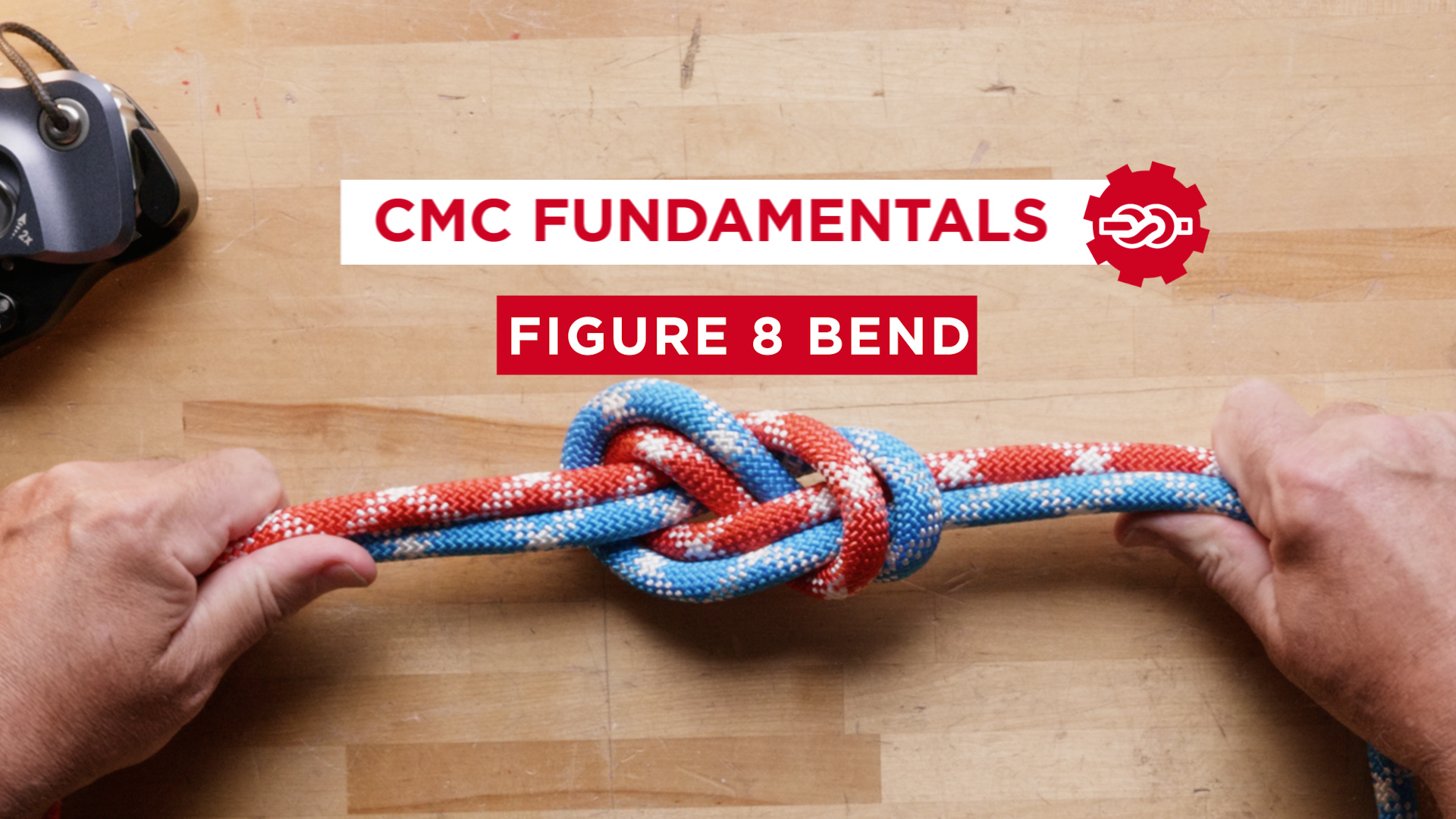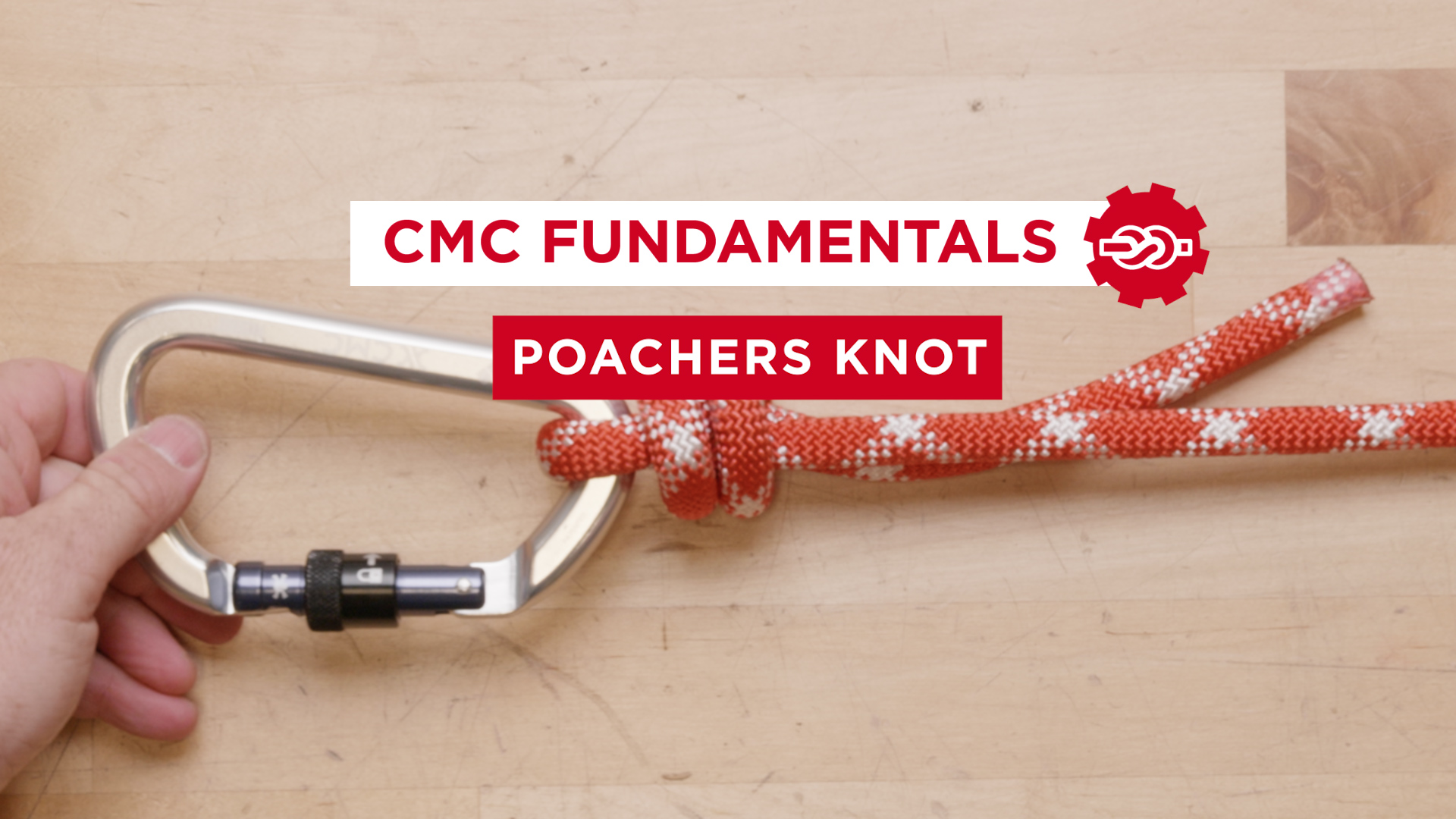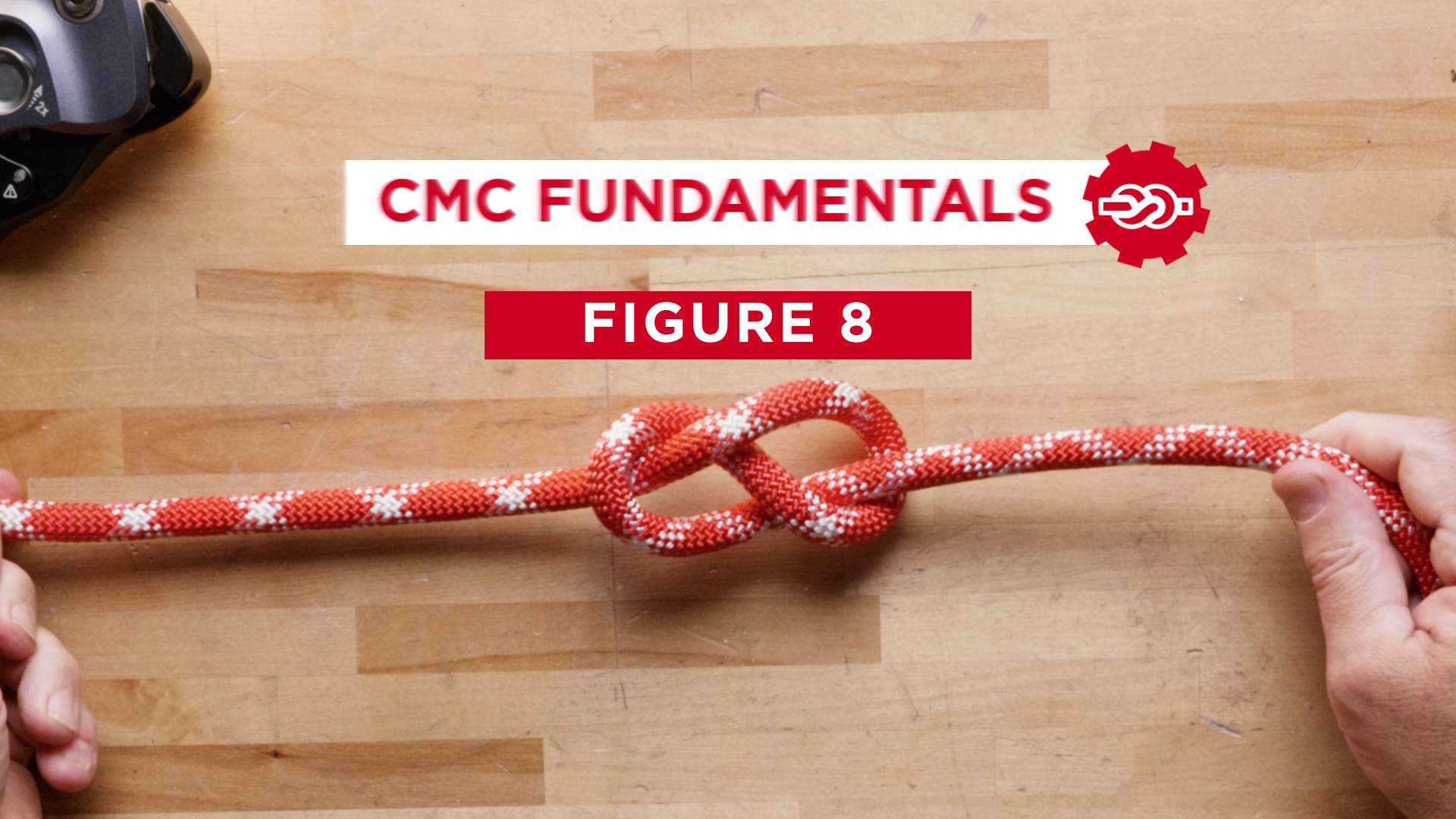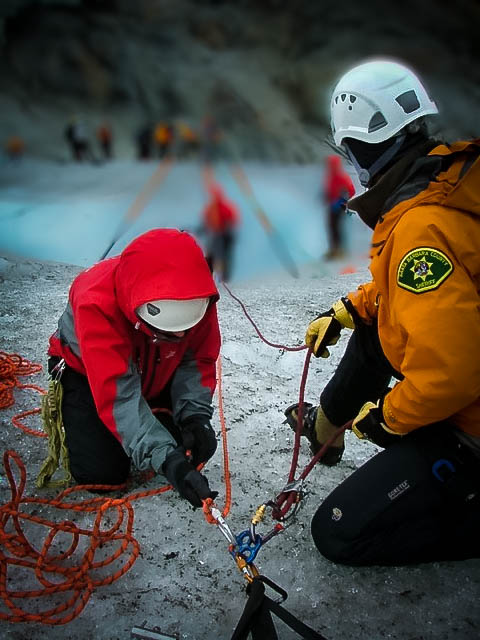
Thoughts on Rope Size for Search and Rescue (SAR) Teams
From Jim Frank and Cedric Smith, Santa Barbara County Search & Rescue:
Santa Barbara County Search & Rescue (CA) responds regularly to a section of trail best described as an “off-trail scramble”. Typically hikers are unaware of the speed at which darkness falls after sundown and their cell phones do not provide sufficient light to guide the way. They often become disoriented, take a wrong turn and find themselves “cliffed out”.
The team’s basic rope kit has 200 feet of 11mm (7/16″) kernmantle along with the hardware to set up a 3:1 raising system, lowering system, or belay for a litter evacuation. The rope bag with hardware weighs just over 40 pounds; adequate for an over-the-side technical rescue, but not something a search team can easily carry. If the subject is stuck, then bringing the rope kit in later adds several more hours. If a litter evacuation is required, then rope kits and other gear are brought in with the litter.
For winter systems, the team uses a 9.5mm (3/8″) diameter rope. This smaller rope size is sufficient since the litter slides on the snow and the tenders are supporting their own weight resulting in a significantly reduced load on the system and anchor. While the tenders are attached to the litter, their primary belay is an ice axe arrest. Portland Mountain Rescue uses a similar concept on their Hogsback rescue in which an evacuation entails lowering a litter that is sliding on the snow.
A SBCSAR search team carries either an 11mm (7/16″) x 100-foot rope or a 9.5mm (3/8″) x 200-foot rope depending on the anticipated rappels or belays the team might encounter on the assignment. The carabiners, descender, pulley and Prusik loops carried by each team member, when combined with others on scene, provide sufficient hardware to rig a belay, a lower or even a raising system. The remaining question is how small a diameter rope can field teams carry and still meet the desired margin of safety. Much like the winter systems above, the load on the system will be significantly less if it only involves moving the weight of a stuck hiker.
The team’s 9.5mm (3/8″) New England KMIII ropes have a minimum breaking strength of 6,070 lbf. Factoring in knot efficiency strength loss (a 20-50% reduction in strength), the overall condition of the rope (wet/dry, wear & tear), the anticipated load on the system (300 lbs. per person), and the anticipated working vertical angle, an acceptable margin of safety will be met within a static configuration.
However, smaller diameter ropes are inherently more difficult to control and are more susceptible to edge abrasion. It is therefore critical that all edges be padded adequately and that tension be maintained on the ropes to mitigate any impact forces. An appropriate descent control device designed to accommodate the smaller rope diameter must also be utilized to ensure adequate control.
From Mike Gibbs, Ouray Mountain Rescue Team (CO):
A number of years ago, after careful consideration of the inherent pros and cons, the Ouray Mountain Rescue Team (OMRT) in Ouray, Colorado elected to switch to a smaller diameter life safety line for our technical rescue operations in the ‘backcountry’. OMRT responds to a variety of technical rope calls in the San Juan Mountains of SW Colorado ranging from ATV and motor vehicle over-the-edge accidents, lost/injured hikers, and a host of climbing-related incidents. When we leave our operational vehicles and throw a pack on our backs to travel into the high country for a technical rope call, we use 9.5mm (3/8″) New England KMIII rope with a 27kN MBS. Despite a knotted breaking strength of just under 20kN, we are not particularly concerned with encroaching on our desired 10:1 static system safety factor. Our safety factors are still quite robust even with a 2kN live load attached to the system. Of bigger concern is operating with less mass of nylon/polyester than a traditional 11mm host rope which means we have to be particularly cognizant of edge abrasion issues.
The benefits of performing technical rescue with a smaller diameter host rope are many:
- lighter pack loads for faster response times and reduced rescuer fatigue.
- shorter time in the field exposes us to less risk from the omnipresent summer electrical storms in the high country.
- the ability to integrate lightweight climbing devices that marry well with 9.5mm (3/8″) host ropes. We use a variety of improvised systems that have been well-vetted on the drop tower. These systems negate the need for heavier rescue devices, which contributes to overall weight reduction in our response packs.
- lighter technical gear allows us to take more critical medical gear for the patient as well as PPEs for ourselves such as bivy gear, a stove, and other equipment that covers us for contingencies on certain high risk calls.
OMRT has been applying this approach to our backcountry rescues for the past five years. We have completed numerous successful technical rope calls operating on these smaller life lines. We still use 11mm (7/16″) for our roadside rescue calls and the specialized rescue devices that operate well with that traditional rope diameter. We feel that the margins of safety that we have created for ourselves with a lighter backcountry host rope well outweigh the risks associated with a less robust life safety line. It is still plenty strong!
CMC Rescue, Inc.: Jim Frank and Cedric Smith
Rigging for Rescue, LLC: Mike Gibbs

